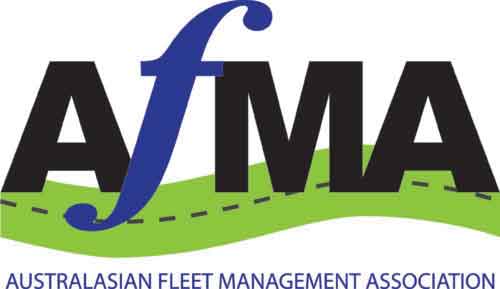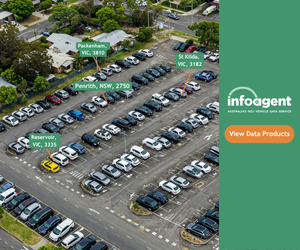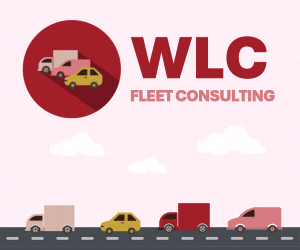The New Zealand Government is planning a major overhaul of the country’s land transport rules in a move aimed at boosting productivity, cutting red tape, and making roads safer and more efficient.
Transport Minister Chris Bishop says the current system is outdated and full of unnecessary steps that cost time and money for everyday Kiwis and businesses.
“These rules affect everyone – from parents taking their kids to school to freight operators moving goods across the country,” said Mr Bishop. “We’ve got rules that don’t reflect how we live today – like having to send 14 million letters by post each year when emails would do.”
What Will Change?
The new Land Transport Rules Reform Programme covers seven major areas. First, it includes plans to reduce how often motorhomes and vintage vehicles need Warrant of Fitness (WOF) and Certificate of Fitness (COF) inspections. Second, the Government is looking at new safety rules for imported vehicles, which could be introduced in stages.
Another part of the reform will review WOF and COF inspection rules for light vehicles to make sure they are fair and up to date. The programme will also simplify heavy vehicle licences, freight permits, and weight thresholds to improve how the freight sector operates.
The plan also includes moving many services online. This could mean digital driver licences and electronic versions of WOF, COF, and rego stickers. It would also allow the New Zealand Transport Agency (NZTA) to send regulatory documents by email and offer online theory tests.
Changes are also coming to the way roads are used. These include allowing e-scooters in cycle lanes, letting young children ride bikes on footpaths, setting safe passing distances for cyclists and horses, and giving buses more priority when leaving bus stops.
Finally, the programme aims to make the whole transport rules system simpler and more flexible. This means reviewing how New Zealand recognises overseas vehicle standards and updating the rules to better match international practices.
Mr Bishop said some changes will take time. This is especially true for bigger updates like rewriting the rules for vehicle dimensions and weights, which haven’t kept up with changes in the global car industry.
Modern Tools for a Modern System
One of the biggest updates will be allowing digital services. People could soon have digital driver licences and get WOF or rego notices by email instead of in the post. This would save time, reduce paperwork, and cut costs. Mr Bishop said last year alone, 14 million letters were sent out under current rules, costing taxpayers over $16 million. Many of these could now be sent electronically.
Other services will also move online, such as taking the driver theory test and providing easier ways to verify your identity with NZTA.
Improving Safety and Access
The reforms will help make New Zealand’s roads safer and more user-friendly. New rules could set minimum safe distances for overtaking cyclists and horses. The new rules may require drivers to give way to buses re-entering traffic from bus stops.
Furthermore, it will allow children to ride bicycles on footpaths, making their travel safer. It also could allow riders to use e-scooters in cycle lanes, where they are currently banned.
“We’re taking a common-sense approach,” said Mr Bishop. “There’s no good reason why a six-year-old shouldn’t be able to ride their bike on the footpath safely.”
Consultation Begins Later This Year
The Government will ask the public for feedback in October 2025 on several proposals. These include new safety rules for imported vehicles, changes to how often light vehicles need WOF and COF checks, and updates to freight permitting.
More consultation is expected in early 2026, focusing on digital licences, online services, and updated traffic control rules. A full review of New Zealand’s vehicle regulatory system is planned for mid-2026.
Mr Bishop said the goal is to remove outdated rules and focus on what truly matters. “We want to stop doing things just because we always have. Let’s make sure the rules we keep are useful and help us move forward.”
The reform is part of the Government’s broader plan to improve road safety and grow the economy by making transport more modern, efficient, and user-friendly.
Did you find this article interesting? Click the ‘heart’ button above to give it a ‘like’!



















